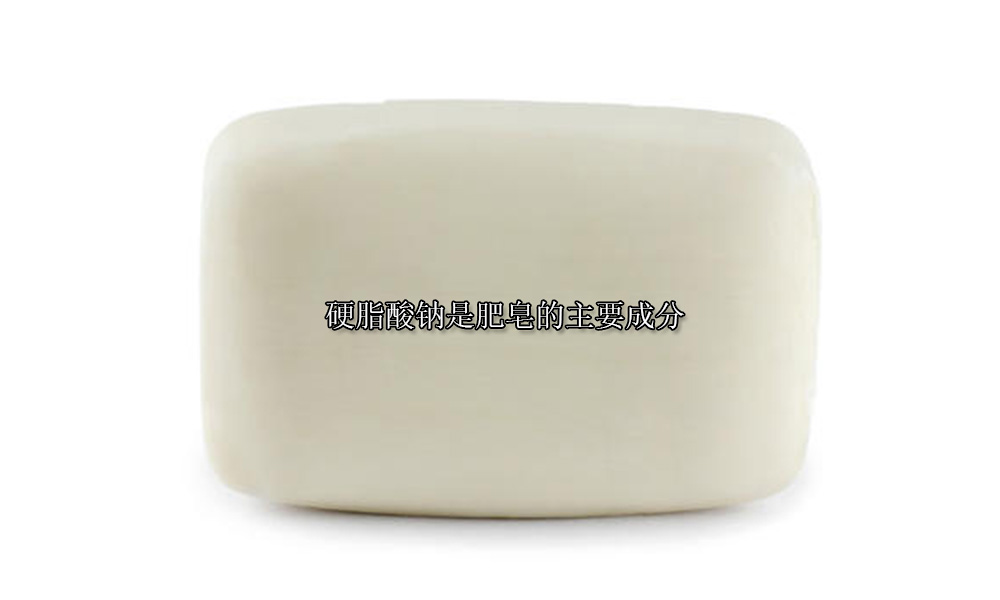
Sodium stearate appears as a white powder with a fatty smell and a greasy feel. It is soluble in hot water and ethanol, and decomposes into stearic acid and corresponding acids when exposed to acid. sodium salt. Stable under normal temperature and pressure, avoid contact with oxides. It can be slowly dissolved in cold water and cold ethanol, and very easily soluble in hot water and hot ethanol.
Sodium stearate is the main ingredient of soap:
The main ingredient of soap is sodium stearate, and its molecular formula is C17H35COONa (carbon 17 Hydrogen 35 + Carbon + Oxygen + Oxygen + Sodium) (can also be written as RCOONa, produced by the reaction of sodium hydroxide [NaOH] and alkali grease). If you add spices and dyes to it, it will become a soap with both color and fragrance; if you add some drugs (such as boric acid or carbolic acid) to it, it will become a medicated soap.
The hydrocarbyl part in the sodium stearate molecule is a hydrophobic group, and the carboxyl part is a hydrophilic group. In soapy water, sodium stearate exists as micelles. The micelles are spherical and composed of many molecules. The hydrophobic groups are inward and combined with each other by van der Waals force. The hydrophilic groups are outward and distributed on the surface of the micelles. The micelles are dispersed in water. When encountering oil that is insoluble in water, the oil can be dispersed into small oil droplets. The hydrophobic group of sodium stearate dissolves into the oil, while the hydrophilic group remains on the surface of the oil droplets, allowing the oil droplets to Suspended in water to act as a decontaminant. In hard water, stearate ions combine with calcium and magnesium ions to form water-insoluble calcium salts and magnesium salts, which reduce the decontamination ability.



 微信扫一扫打赏
微信扫一扫打赏
